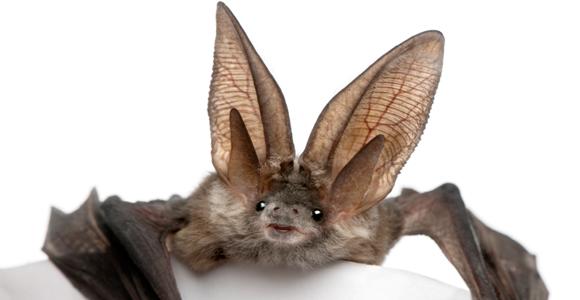Na-Na-Na-Na-Na-Na BATPLANE! What Aircraft Manufacturers Can Learn From This Creature of the Night

Researchers believe what they’ve learned from bat wings could hold the key to designing the aircraft of the future.
Holy flying rodents! Could a bat’s wings hold the secret to the aircraft of the future? A team of collegiate researchers believe what they’ve learned from the brown bat could help design and shape the aircraft of the future. In a video released by Johns Hopkins University, the research team — comprised of scholars from Johns Hopkins, Columbia University and the University of Maryland — outline how the bat wing could advance the next-generation aircraft. They hypothesize the secret may lie in how the wing reacts during flight, allowing bats to adjust their flight mid-air.
“Bats have evolved this remarkable agility in flight – it’s powered flight,” explains Cynthia Moss, professor of Psychological and Brain Sciences at Johns Hopkins University. “They are flapping their wings and they can control how they fly, where they fly, and they can make very rapid adjustments…this flight control is very much dependent on this sense of touch.”
The research focuses on how the sense of touch in a bat’s wings affect how the bat ultimately flies. According to the team, bat wings carry an array of sensors that give immediate feedback to the bat on flight conditions, allowing the flying mammal to adjust their path through the sensations of the wings. By understanding how touch works for the bats, researchers believe the same technology could be applied when designing agile aircraft now and in the future.
“Biology has done an exquisite job in creating these animals that maneuver so agilely,” said Moss. “And so we might be able to learn some basic principals from the bat that could be transferred into technology.”
The research on advanced sensors mirrors a similar project announced by BAE systems last year. The British aerospace manufacturer began work on “Smart Skin” technology that would provide flight feedback to pilots based on sensors installed throughout the aircraft.
[Photo: iStock; Video: Johns Hopkins YouTube]






















